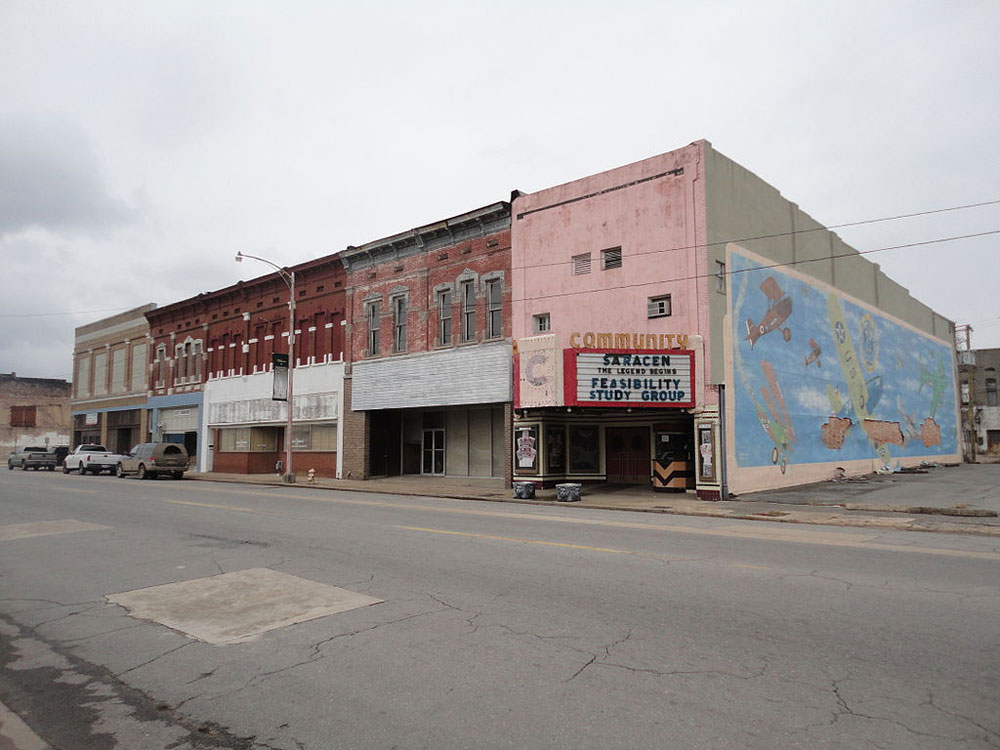
March 15, 2020; Northwest Arkansas Democrat-Gazette
In 2018, NPQ wrote about United Way’s launch of its initiative to track and document families who often fall between the cracks. These families were “Asset Limited, Income Restrained, and Employed” (ALICE). They were, and are, the working poor.
A new report issued through a collaboration between Entergy Arkansas, the Winthrop Rockefeller Foundation, and the national nonprofit program United for ALICE examined 2017 census data, tax data, housing data, and other economic information. The goal was to learn just what it takes to live in each county of Arkansas and how much the residents in each county made. The findings demonstrate that close to 24 percent of households in Arkansas live above the federal poverty level yet lack sufficient income to cover all of their expenses or save for an emergency.
Think about this in the context of today’s coronavirus crisis. “If ALICE would get sick, ALICE doesn’t have any additional money for health care. ALICE usually works at hourly paid jobs, and to not get paid and forgo a week or two weeks’ worth of wages, it could be devastating,” says Stephanie Hoopes, director for United for Alice, which conducted the research for the report. These are the families who are most impacted by this current crisis and who have the fewest places to turn for help. After all, the working poor in the “ALICE” category are in addition to the 17 percent of Arkansan families who are in poverty. In other words, a total of 41 percent of Arkansas residents lack financial self-sufficiency. Again, this is back in 2017, well before the current pandemic.
The report indicates a 20 percent increase in Arkansans unable to make ends meet between 2007 and 2017. The rising cost of living accounts for much of this. The cost of living for a family of four is $46,812 per year and for a single adult it is $18,240. Contrast this with the federal poverty level for a family of four at $24,600 and a single adult at $12,060. What this means is that families and individuals who need government assistance do not qualify for it because the federal poverty rates are out of sync with the reality of what it really takes to subsist as a family or an individual.
Sign up for our free newsletters
Subscribe to NPQ's newsletters to have our top stories delivered directly to your inbox.
By signing up, you agree to our privacy policy and terms of use, and to receive messages from NPQ and our partners.
Rich Huddleston, director of Arkansas Advocates for Children and Families, notes that the federal poverty level was established in the 1960s. While the number has been adjusted by inflation, “it doesn’t take into account the way our budget has changed over time,” Huddleston says. He referred to the federal poverty measures as outdated and said he will use this new report to explore possible program and policy options for Arkansas families.
There is also great concern in Arkansas for the high numbers of low-income seniors who fall below the ALICE threshold. About 43 percent of seniors fall into this category. Black and Latinx families also make up a disproportionate number of ALICE families, according to the report, with 59 percent of Black families and 53 percent of Latinx families falling either below the poverty line or in the ALICE working poor category. All of this makes for a perfect storm for major issues for Arkansas families and seniors, or a major opportunity for some far-sighted solutions.
The report points to a few possible solutions. It mentions more affordable care, beyond Social Security, for seniors. It points to affordable childcare, housing, and employee benefits, including a state-level earned income tax credit. And, in times like we are now experiencing with the pandemic impacting everyone’s ability to work, especially ALICE hourly workers, it would be good to think and act in some new ways.
As Hoopes says, “It’s just thinking through out-of-the-box ways to be supportive of our families. For example, Hoopes notes that “if we had across-the-board paid leave, that could go with a worker from job to job, state to state, employer to employer.” This, as the report outlines, would create “portable benefits” that provide benefits across multiple employers, thereby giving workers and their families far greater economic stability—the importance of which has never been more obvious than it is now.—Carole Levine













